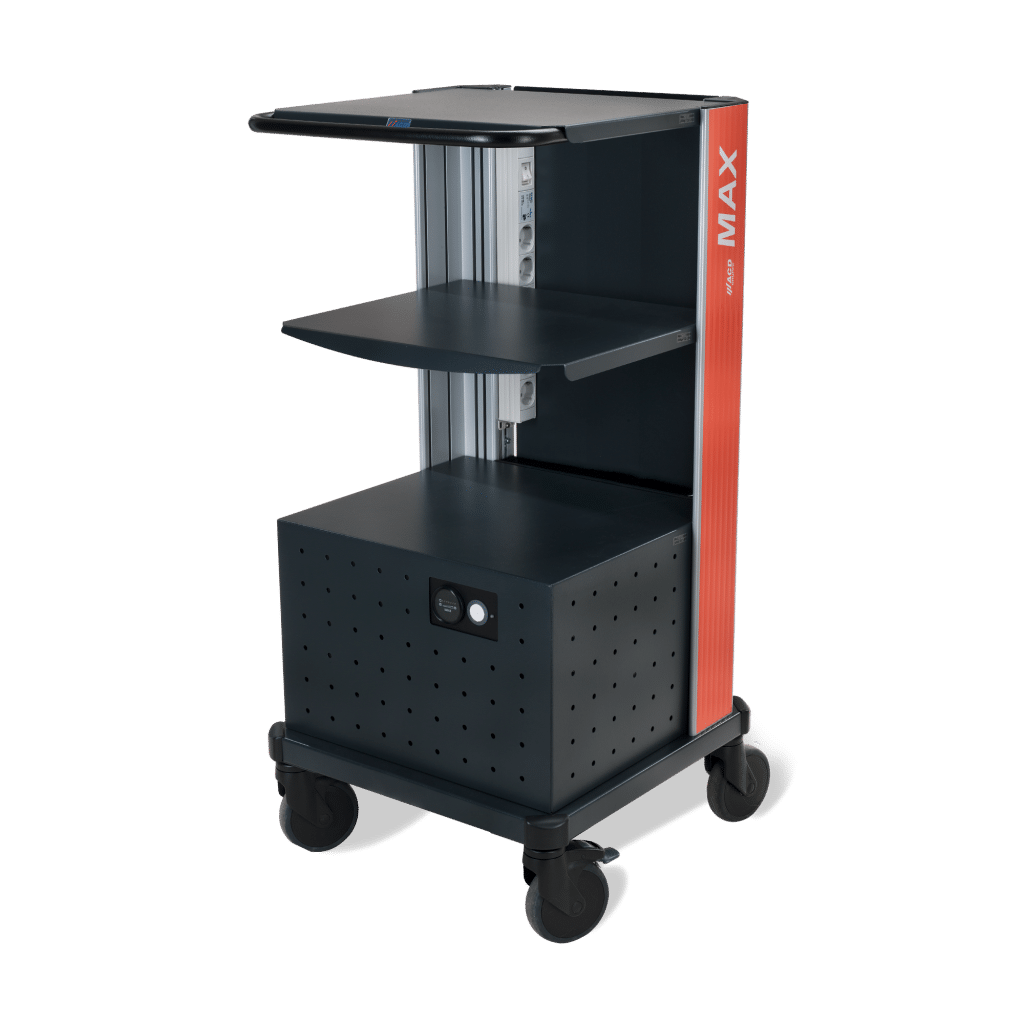THE IMPORTANCE OF REVERSE LOGISTICS IN YOUR SUPPLY CHAIN
What is reverse logistics and how does it impact your supply chain? How can you use reverse logistics to improve your profitability? Find out from ACD Group how to make a profit with reverse logistics, and how to analyze and control your company’s reverse logistics operation. A good reverse logistics flow has multiple advantages.
What is reverse logistics?
Reverse logistics concerns the life cycle of products after their delivery to the final consumer: it involves managing the way in which the product must be disposed of or can be reused, the possibilities of recycling, as well as all the operations that allow additional value to be created from a product that has reached the final stage of the traditional logistics process.
The reverse logistics operation that most directly affects the profitability of supply chains is product returns. That’s why we’re going to take a closer look at the issues surrounding product returns, and how you can take advantage of them.
Returned goods
Most supply chain analyses only consider the processes leading up to the final delivery to the customer. However, several scenarios are possible after delivery: the order may be incomplete, the product may not correspond to what the customer ordered or may not satisfy him for various reasons. When the product is returned, we enter the jurisdiction and the challenges of reverse logistics. Different stages will then follow one another:
- Transportation of the returned product
- Its reception
- Product control tests to identify the possible defect
- Documentation of the problem and processing of the return by the After Sales Service
- Disassembly, repair, recycling, or restocking of the returned item
Properly managing the return of goods in the supply chain can help you minimize the risk of errors and maximize the profitability of the returned product.
Track the reverse logistics flow in your supply chain
There are 4 keys to understanding the flow of returns in your supply chain:
- Volume analysis
- Percentage of sales
- Determining patterns of failure
- Financial issues
Evaluate the volume of returned goods
When a part is returned repeatedly, you need to be able to see it to determine if entire runs are defective. A product recall or even an overhaul of your production process may be necessary to stop high-volume returns.
Percentage of sales
What percentage of your sales are affected by product returns? How much of this product can be reincorporated into your supply chain through reverse logistics processes? What can you put in place to minimize these lost revenues, or even make a profit?
Identify patterns of failure
It is crucial to analyze the reasons for product returns and derive statistics to determine patterns of failure that can then be corrected: Is the product defective after shipping or a specific handling? Are the reasons for returns often similar? Are they related to a problem of description, size, quality?
The financial value of returns
Uncontrolled and unmonitored reverse logistics can cost a company considerable revenue. The major U.S. electronics companies understand this: each year, the resale of failed electronics on secondary markets after refurbishing, repair or reconditioning operations brings in more than $15 billion.
The benefits of an efficient reverse logistics system
Many companies are content to see return flows as an unavoidable evil, which can at best be limited by an upstream quality requirement and a failure analysis policy. But others have realized that they can benefit from implementing an efficient reverse logistics system. Let’s focus on the advantages of an efficient reverse logistics:
- Cost reduction
- Customer loyalty
- Reduction of losses and generation of unexpected profits
Cost reduction
Planning returns and correcting recurring factors of returned goods allows you to reduce many ancillary costs: administration, shipping, transportation, technical support, after sales service.
Customer loyalty
The reactivity of the after-sales service, the speed of reimbursement and the implementation of simple processes for the return of goods contribute to customer satisfaction. Reverse logistics is therefore a lever for building customer loyalty and improving the company’s image. Correcting errors and communicating after delivery is just as effective a way to gain customer trust as classic logistics quality.
Reduction of unanticipated profits and losses
Repairing defective products, repackaging and reallocating products to a secondary market is an effective way to reduce waste. It can even be considered an unanticipated profit to implement efficient reverse logistics that take advantage of an obsolete or defective product.
ACD Group offers companies numerous solutions aimed at optimizing reverse logistics and especially returns of goods: through innovative software, mobile handheld computers, vehicle mount terminals, mobile workstations and wearables that automate reverse logistic processes, your employees save time and the risk of errors is minimized. The efficiency of your return logistics is a strong lever for the development of your company and the improvement of its image with consumers.
